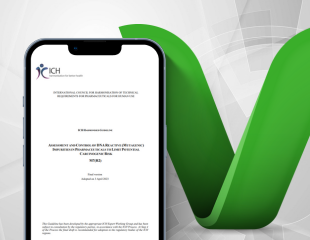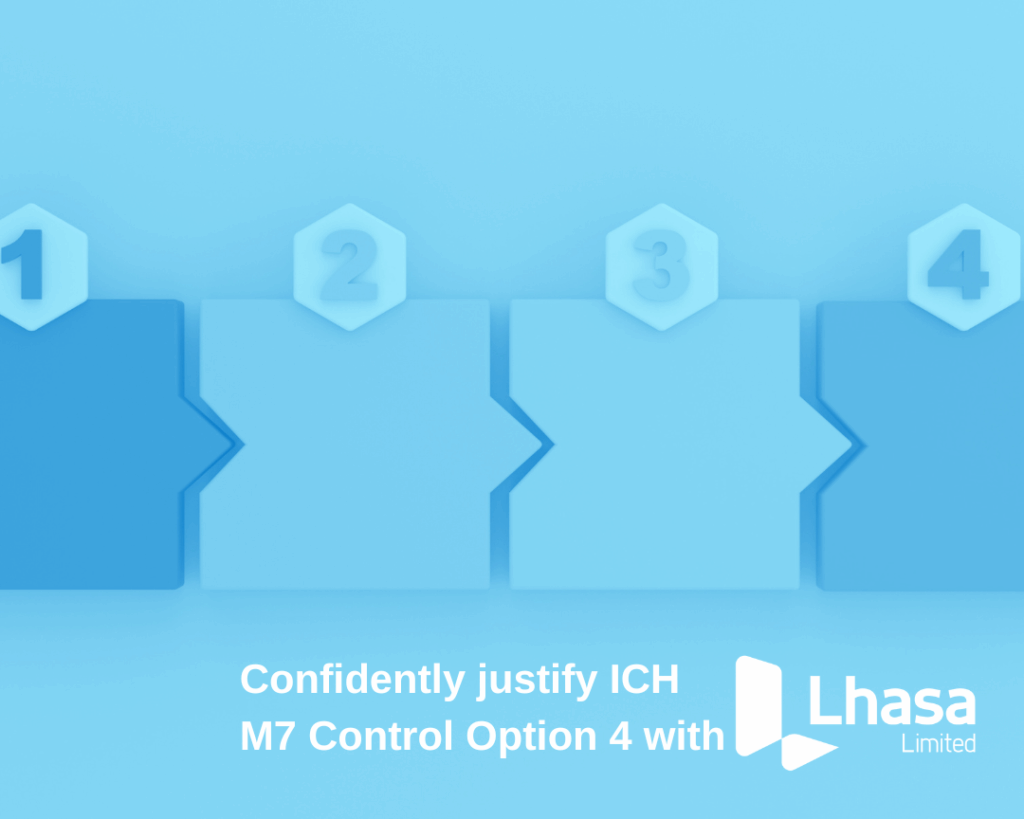Insights from the experts: Key takeaways from the ICH S1B(R1) live Q&A
Following our recent Lhasa Limited hosted webinar, ICH S1B(R1): industry and regulatory best practice for confident carcinogenicity assessment, attendees had the rare opportunity to engage directly with experts who helped shape the ICH S1B(R1) Addendum. The ICH S1B(R1) Addendum is a globally recognised guideline that introduces a weight-of-evidence (WoE) approach to assessing the carcinogenic potential […]
Insights from the experts: Key takeaways from the ICH S1B(R1) live Q&A Read More »










